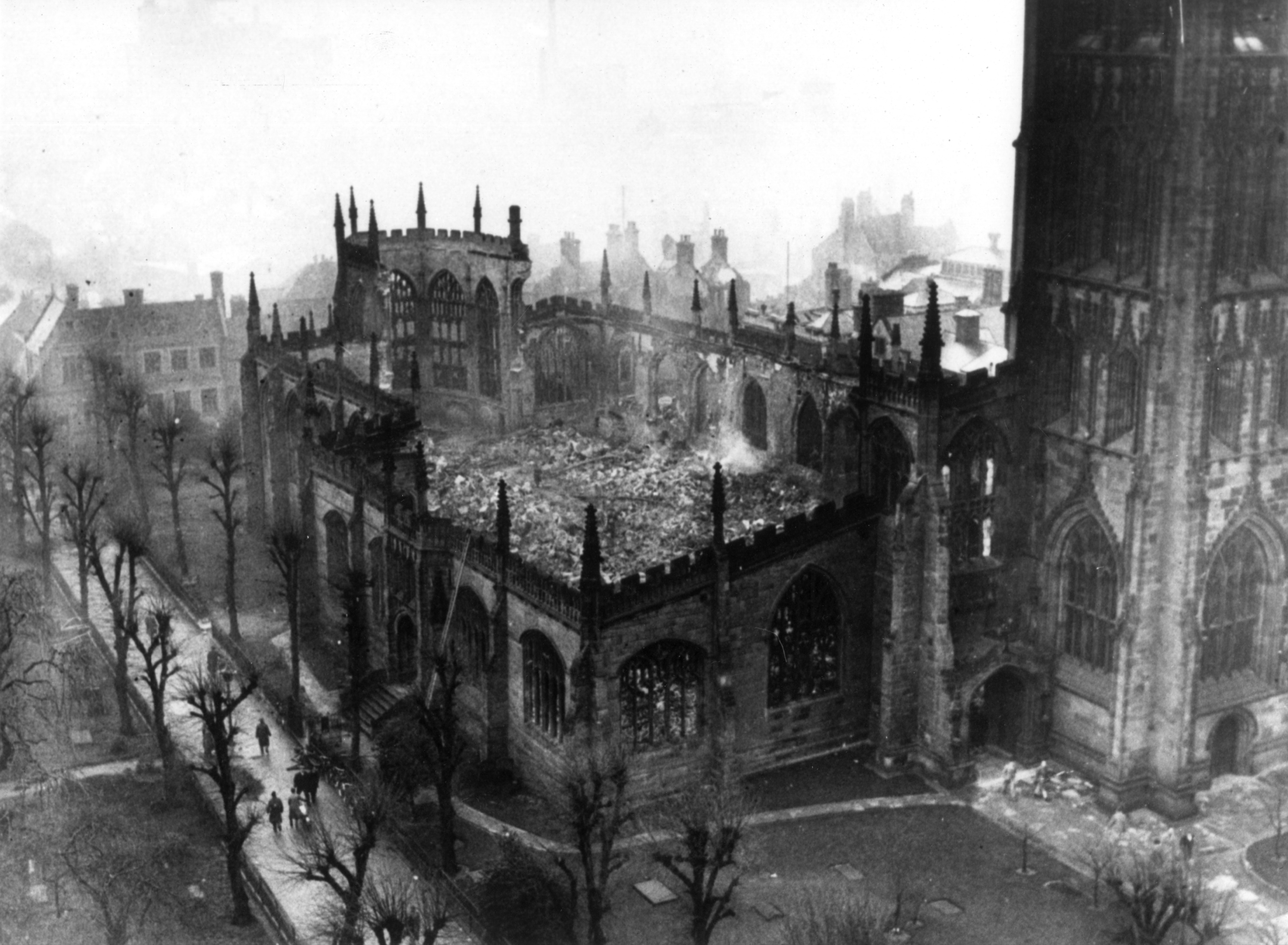At Home in Coventry
30 April 2020
Article by PhD Research Candidate, Eleanor Cook
What does ‘home’ mean to you?
‘Home’ could be a memory, four walls and a roof, a person or a place. Home is both collective and individual – the nation in which we live and the houses in which we reside. It is a site that is made up of both public and private influences; a space that is politically, socially and culturally constituted, but lived and experienced in personal ways.
How do these influences interact with each other to shape our understanding of home?
My PhD project – a four-year collaborative doctoral award funded by Midlands 4 Cities - will work in partnership with The Herbert Museum & Art Gallery to ascertain what ‘home’ meant to the diverse populations of post-war Coventry; querying the extent to which the lived experience of home differed from its civic representation in examples of public art and architecture.
The post-war period, an era marked by considerable social, cultural and economic shifts, is an especially poignant time through which to observe divergent attitudes to the concept of ‘home’. Changes to the nature of work and technology; rising standards of living and postwar patterns of immigration all informed, and were informed by, the nature and status of the British home.
From June 1940 to August 1942, Coventry suffered multiple air raids at the hands of the Luftwaffe: a series of targeted enemy attacks culminating in the devastating bombing raid of November 14th, 1940 known as ‘The Coventry Blitz’. In total, more than 1000 people were killed, and many thousands more were injured. The damage was significant: Coventry’s historic centre was all but wiped out. About 800 shops, over 100 factories and 150 other commercial buildings were destroyed, as well as 23,500 houses destroyed or badly damaged and 53 acres of the city centre devastated.

Coventry Cathedral the morning after the 14 November 1940 Blitz.
Although there had been plans to reconstruct the medieval city centre prior to the war, The Coventry Blitz provided planners with the chance to see those plans materialise. According to George Hodgkinson, Coventry mayor at the time: ‘the bombers had done their worst, or in a cruel and cynical way, their best, for the extent of the bombing whilst a tragedy was also an opportunity’.
Coventry, home to over 200,000 residents in 1940, was to be rebuilt and refashioned in the image of ‘peace and reconciliation’, a role which identified the city as a symbol for a New Europe in the post-war era. The motif of the phoenix rising from the ashes was to become emblematic of Coventry’s post-war revival, its image symbolically carved into Trevor Tennant’s ‘Levelling Stone’: a large slab of Westmoreland slate laid to commemorate the start of redevelopment in the new precinct. However, to what extent did such images represent the lived experience of home for Coventry’s diverse populations? My research seeks to address the difference between public and private understandings of home in the post-war period.
I will make use of The Herbert’s extensive social history collections to inform my research, drawing upon a variety of sources ranging from artworks to oral history recordings, documentary photographs to planning documents. Having spent the last couple of months getting better acquainted with the collections it is clear that I have only just scratched the surface. I look forward to seeing where my research takes me and what narratives are uncovered along the way!
Stay tuned for an update…
Eleanor Cook – PhD Research Candidate, Centre for Arts, Memory & Communities, Coventry University.
Sources: Jeremy Gould and Caroline Gould, Coventry: The Making of A Modern City 1939 – 73, Historic England, 2016.
Claire Langhamer, ‘The Meanings of Home in Postwar Britain’, Journal of Contemporary History, 40:2, (Apr. 2005), pp. 341-362.